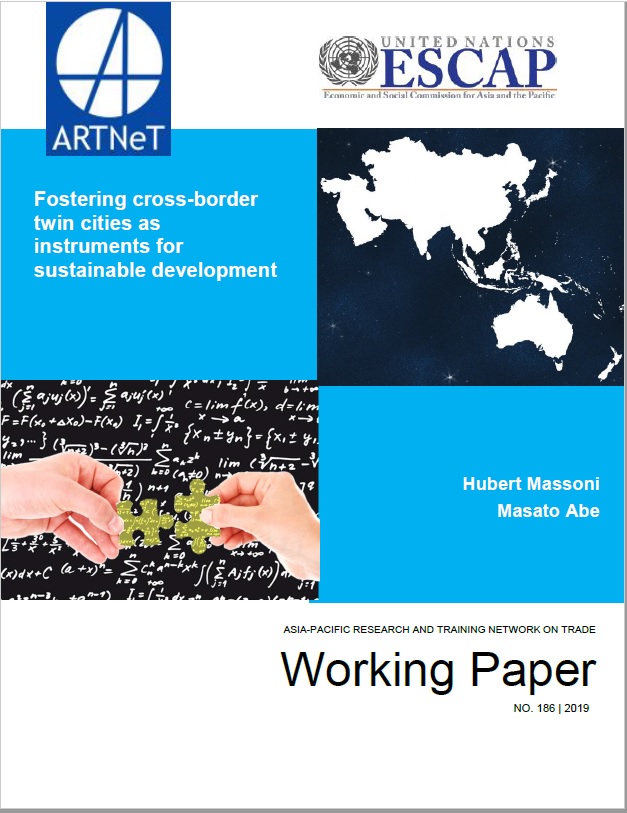Fostering cross-border twin cities as instruments for sustainable development

Looking closely at borders in South-East Asia reveals the existence of adjacent townships of different nations that develop across the border with varying degrees of parallelism. Such cross-border twin cities act as production, trade, logistics and border nodes, shaping cross-border value chains and concentrating economic activities, industries, resources, labour forces, knowledge and infrastructure in geographical spaces connected by multimodal transport networks. Literature assessing the development of cross-border twin cities generally reveals cross-cutting socioeconomic benefits for the border zones, indicating strong potential for sustainable and inclusive development. This study hence attempts to build a theoretical framework of cross-border twin cities. Cross-border twin cities are defined as two urban centres that: (i) are closely located across an international border; (ii) are accessible through transport and information networks and urban amenities; (iii) are subject to the structural reconfiguration of the border economies, economies of scales and a common integration into cross-border value chains; (iv) facilitate the development of complementary industries through key policies shaping industries and promoting trade and investment; and (v) collaborate at several levels in policies and projects. Both hardware dimensions and software dimensions are considered to capture the complexity and the various policy implications of the phenomena. Three case studies of existing cities located across the Thai-Myanmar and Thai-Lao PDR borders additionally validate and verify the consistency of the framework with people’s first-hand experience and real-life situations. Qualitative studies based on academic, governmental and corporate literature reveal the existence of cross-border twin cities along the Thai-neighbour borders. Although multimodal transport and logistics networks and attractive economic policies effectively have increased trade and industrial activities, urban infrastructure and cooperation between neighbouring cities generally remain insufficient to tap the full potential of these cross-border twin cities. Before concluding, the study derives policy recommendations for the practical policy framework fostering cross-border twin cities in South-East Asia.
